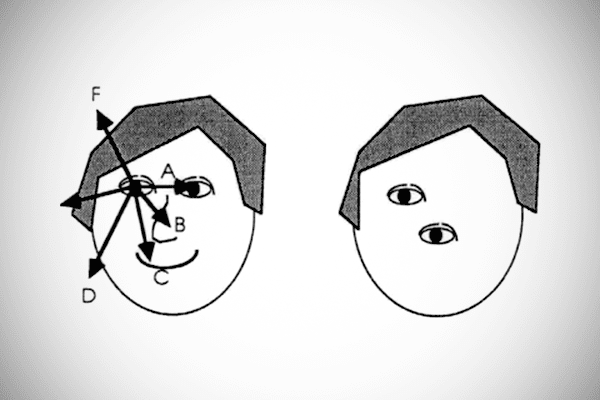This week I received an email from a gentleman in Japan. He was creating materials for a course and asked permission to include an extensive passage I had written. What surprised me about his request was that the passage was not from a paper I wrote at Numenta, nor from my time at the Redwood Neuroscience Institute, nor was it from my book On Intelligence. It was from an essay I’d written over 30 years ago when I was a graduate student at UC Berkeley.
In January 1986 I gave up my career at a hot computer start-up company to become a full-time graduate student. I wanted to study how the brain works and this seemed my best option. When I arrived at Berkeley I was eager to take every neuroscience course they offered and to dive into my research. It didn’t take long for me to become dismayed. I was told I had to take courses that were uninteresting to me, such as a foreign language and organic chemistry lab, and worse, I might not be able to study brain theory at all. I met with the chairman of the graduate group of neurobiology, Dr. Frank Werblin, to get his advice. He suggested that I write a paper on what I wanted to accomplish as a PhD student. So that’s what I did in the spring of 1986.
During that time I had the epiphany that the neocortex builds a predictive model of the world. Every part of the neocortex is continuously predicting what input it is going to receive. This is not the only thing the neocortex does but it is a tangible problem. If I could decipher how neurons learn to make predictions of changing inputs it would expose core principles underlying everything the neocortex does.
The paper that I ultimately wrote made two arguments. First, I argued that it was possible to understand how the neocortex works, that it could be done in a matter of years, not centuries. I was surprised to learn that almost all neuroscientists and funding agencies disagreed. Second, I proposed that my research would initially focus on how neural tissue learns predictive models.
Dr. Werblin read my paper and we sat down for lunch to discuss it. He was kind and supportive of my overall goal but he said the reality was that I could not work on brain theory for my PhD thesis. He explained that it was not possible to get funding for the kind of theoretical studies I wanted to do and because of this there were no faculty members at Berkeley, nor anywhere else, that I could work with. Being a theoretical neuroscientist was not an option at that time.
The title of my paper was An Investigation of Adaptive Behavior towards a Theory of Neocortical Function*. It was from this paper that the gentleman from Japan wanted an excerpt.
I had not read this paper in many years so I sat down to read it again this week. There are of course things that I would write differently today, and our neuroscience knowledge has advanced significantly, but many of the ideas and aspirations I had back then I still hold today. Thirty years later we have made significant progress in neocortical theory and I remain confident we can complete a comprehensive theory of the neocortex in the next few years. My enthusiasm and optimism have not changed, nor has my approach to the problem. If you are interested in a historical perspective underlying Numenta’s goals you might enjoy reading my paper from thirty years ago. Understanding how the brain works is recognized by many as one of the most important scientific endeavors of all time and, I believe, worthy of a lifetime of effort.
* There are a few typographical errors in the document, these came from scanning the original printed version many years ago.

